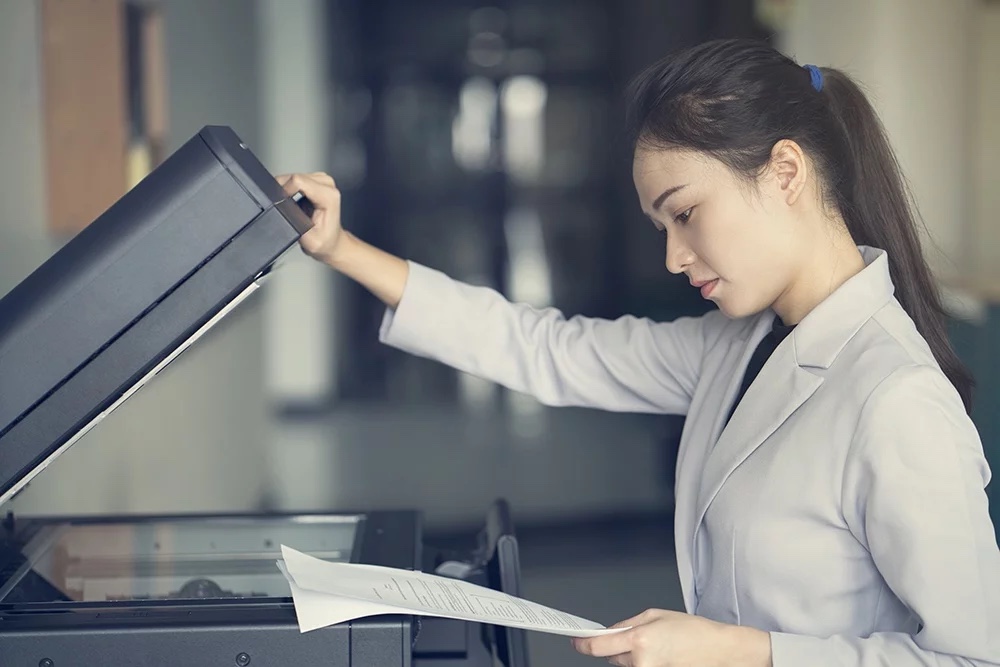5 Reasons to Say Yes to Virtual Stationery


Blog originally posted on blog.objectiflune.com by Colin.
PlanetPress was traditionally all about taking data from host systems and using the content to control the layout of the document: if the data contains “invoice”, then merge it with an invoice page, if it contains “credit note” then use a credit note page. When PlanetPress v7 was released it had a new featured called “document input” which meant that we could do the same thing for formatted documents printed from Windows. In both cases we always needed the content on the page to tell us which format or layout or logo to use. I remember being at a customer where I explained this only to be told they didn’t have any “triggers” on the page, at which point I found myself wondering if I’d just lost the sale.
Eventually they made it clear that they simply printed from MS Word to a specific printer and used the tray selection in the driver to control which letterhead they used; their problem was that they made many mistakes – wrong printer; wrong tray. They were looking for a solution that would allow these ad hoc print jobs to be sent to a single centralised colour printer but needed the solution to work out – from just the tray information – which letterhead was needed.
At the time, I thought it wasn’t possible, but when I got home, I checked our new document input feature in more detail and found that it carried the tray information into PlanetPress. This meant that we could now use trays selections as well as content to determine templates and the idea of virtual stationery was born! Since then we've learned a whole lot about the pains of paper.
Let’s think about the simple cost of buying pre-printed stationery (and here, I assume that the design phase has already been completed). So, if you’re a small company you probably don’t buy much and that means you pay higher prices. If you’re a larger corporate then you probably pay a lot less, but that’s because you buy a lot more.
Small companies can store their more expensive paper in a single cupboard. Large corporations need to have big trucks arriving at inward goods with pallet loads of paper that needs to be stored, re-distributed and managed.
Now, let’s think about the day to day use of pre-printed stationery. If you’re lucky, you have a single letterhead in a specific printer tray. You’ll print from your desktop and your document will look perfect. But what happens when you print your document and the stationery tray is empty? Well it depends on the printer and its setup, but you might find your document was printed on plain because your printer automatically selected another tray; you might find that the printer is now waiting for you to put more paper in (and therefore stopping other people from using it) – only to find that you’ve run out! So, you’ll cancel your job (if you can), let others print their plain paper documents (if you haven’t cancelled their jobs too) and then reprint later when you’ve found some.
Maybe you use the manual by-pass tray whenever you’re printing on letterhead. If so, have you ever walked over to a printer and placed your letterhead in the by-pass tray ready for your print job, only to find that it came out on plain paper anyway? That’s almost certainly because on most printers the by-pass tray is always checked first and if someone prints their job while you’re returning to your desk, guess what? They will have used your letterhead with their job – which they didn’t want either meaning that two jobs were wasted.
If your printing requires the use of letterheads, continuation stationery and possibly a mix of simplex and/or duplex printing, then it’s actually a small miracle that you ever get a document printed as you want it. In such cases you’ll need two trays for the stationery – possibly a more expensive printer, and you’ll need to make sure you have two types of paper on hand. And, if you want to switch between simplex and or duplex then you’ll need to double everything.
Now, let’s think about printer compatibility and IT support. If you have different printers, then you’ll have to switch printer drivers depending on the job. When you switch drivers, the tray settings automatically change – but they don’t always change as you’d expect. If you don’t check the chances of getting your document printer right first time just went down. It’s one of the biggest reasons for having a common fleet of printers – you cannot under-estimate the cost of using pre-printed stationery across a fleet of different drivers.
So let’s think about changes. If you’ve ever had to change your pre-printed stationery you’ll have had to think about several things. Re-design, purchase of new stock, distribution and management, disposal of the old stock, and so much more. Whilst you’re planning and implementing the perfect roll-out, your users will continue to use the old stuff.
So why is pre-printed paper a good idea? There are only 3 cases I can imagine that you may need to buy your paper in advance and that would be if:
In many cases printing your document with your stationery on plain paper is much more efficient because you can feed your plain paper from any tray and you don’t have to worry about simplex & duplex. Obviously colour printers are necessary, but if you consider all the costs, waste and frustration, plus since the costs of colour printing is coming down all the time – I can’t see why you wouldn’t want to stop using pre-printed stationery ASAP.